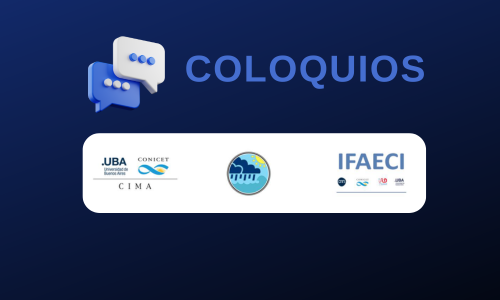Dr. Stéphane Guédron – IRD- ISTerre, Université Grenoble Alpes, Francia
17/12/2023
Dr S. Guédron is a researcher in environmental geochemistry and paleoenvironmental studies at the Institute of Research for Development (IRD) within the Institute of Earth Sciences (ISTerre) at University Grenoble-Alpes, France, since 2011. He obtained his PhD degree in environmental geochemistry at Grenoble University, France in 2008. His research focuses on the understanding of the bio-geochemical cycles (speciation, source, transport and transfer) of ubiquitous elements (i.e., metal, metalloids and halogens) in terrestrial (soils, peat), and aquatic ecosystems (i.e., lake, river, sediments ….) impacted or not by human activities. One of the main components of his research is the study of temperate and tropical environments, where he studies the dynamics and the biogeochemical cycles of elements from the molecular to the catchment scale. He uses various tools and methodologies (elemental speciation and isotopic geochemistry, spectroscopy, mineralogy) to understand the geochemical cycles of metals, metalloids and halogens (e.g., mercury, lead, antimony, selenium, bromide and iodine) considering historical and current global changes, and man’s historical footprint. He has authored 57 peer-reviewed publications and regularly (co)supervises post-Docs, PhD, MSc and undergraduate students, as well as engineer staff in the field and laboratory. He is/has been PI or partner of 15 French (ANR, EC2CO…), 3 Swiss (FNRS), and 2 International (PNUD, ERC) projects.

